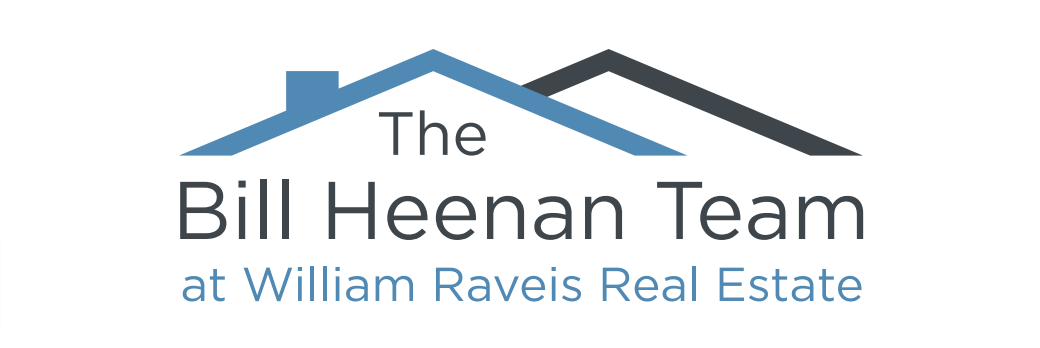How to Avoid PMI, and Is It Worth It? 
If you’re planning to buy a home and take out a mortgage, chances are you’ve heard of PMI—Private Mortgage Insurance.
But what exactly is it, how can you avoid paying it, and is avoiding it always the best financial move? In this post, we break down what PMI is, who has to pay it, smart strategies to avoid it, and whether skipping PMI is actually worth it in the long run.
What Is PMI?
Private Mortgage Insurance (PMI) is a type of insurance required by lenders when you put less than 20% down on a conventional loan. It protects the lender, not you, in case you default on your mortgage.
💸 Cost of PMI:
- Typically ranges from 0.3% to 1.5% of your loan amount per year.
- On a $300,000 loan, PMI could cost you $75 to $375/month.
PMI is usually added to your monthly mortgage payment but can sometimes be paid upfront or split.
Why Do Lenders Require PMI?
Because a lower down payment means more risk for the lender, PMI acts as a safety net. If you default, the insurance helps the lender recover some of their loss.
5 Smart Ways to Avoid PMI
Here are proven strategies to avoid PMI and keep more money in your pocket:
-
Put 20% Down
The most straightforward way to avoid PMI is to put at least 20% down on a conventional loan.
✅ Pros: No PMI, better loan terms
❌ Cons: May delay buying while you save
-
Use a Piggyback Loan (80/10/10 Loan)
Take out two loans:
- 80% first mortgage
- 10% second mortgage (like a HELOC)
- 10% down payment
✅ Pros: Avoid PMI without 20% upfront
❌ Cons: Higher interest rate on second loan
-
Get a VA Loan (If Eligible)
VA loans (for eligible veterans, active-duty service members, and some spouses) don’t require PMI, even with 0% down.
✅ Pros: No PMI, no down payment
❌ Cons: Must meet VA eligibility requirements
-
Ask for Lender-Paid Mortgage Insurance (LPMI)
Some lenders offer to pay your PMI in exchange for a slightly higher interest rate.
✅ Pros: Lower monthly payment
❌ Cons: Higher rate lasts for the life of the loan
-
Look Into First-Time Homebuyer Programs
There are also programs that might offer grants, forgivable loans, or lender incentives that help you hit the 20% mark or cover PMI.
✅ Pros: Tailored for lower-income or first-time buyers
❌ Cons: Eligibility requirements apply
Is Avoiding PMI Always Worth It?
It depends on your financial goals and timeline.
✔️ When Avoiding PMI Makes Sense:
- You plan to stay in the home long-term
- You can afford the 20% down without draining savings
- You want the lowest possible monthly payment
❌ When Paying PMI May Be Smarter:
- Home prices are rising, and you want to buy now rather than later
- You expect a future windfall (bonus, inheritance)
- You plan to refinance or sell within a few years
PMI isn’t forever: Most lenders allow you to remove PMI once you reach 20% equity, and it’s automatically dropped at 78% loan-to-value (LTV).
Final Thoughts: Should You Avoid PMI?
Avoiding PMI can save you thousands, but it’s not always worth postponing your home purchase. For many buyers, PMI is just a temporary stepping stone to building home equity sooner.
💡 Bottom Line:
- Avoid PMI if you can comfortably afford 20% down.
- Don’t fear PMI if it means getting into a home sooner—especially in a rising market.
- Talk to a lender or real estate pro to compare PMI vs. waiting to save more.
Need help running the numbers?
Let’s talk strategy. I can connect you with trusted mortgage pros who’ll help you choose the smartest financing plan—PMI or no PMI.
📩 Contact me today for a no-pressure consultation.
860-864-0209
chrismaynard@billheenan.net
chrismaynardrealestate.com
Learn more about buying or selling
Search for your dream home
![]()
![]()
![]()
![]()

